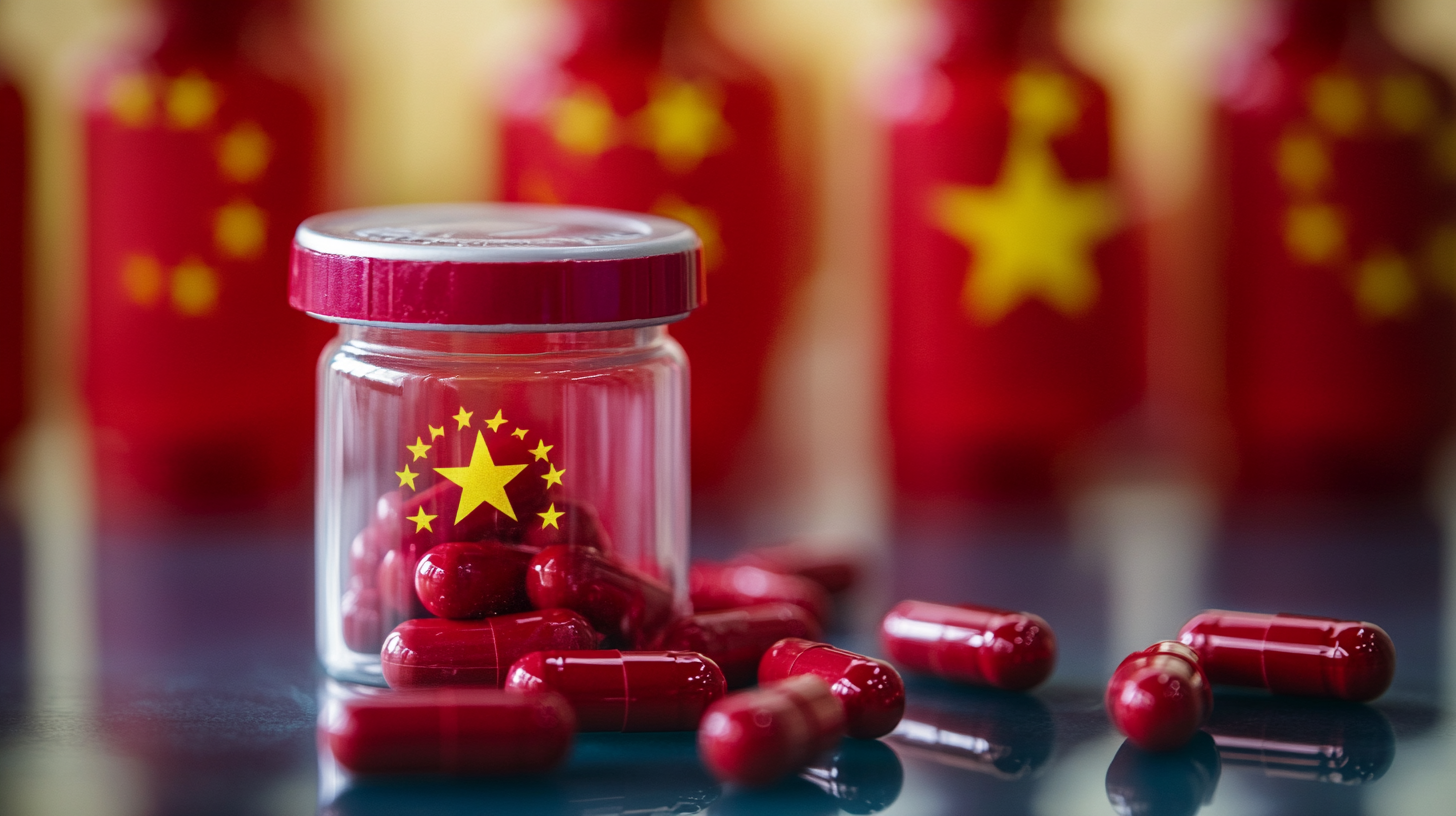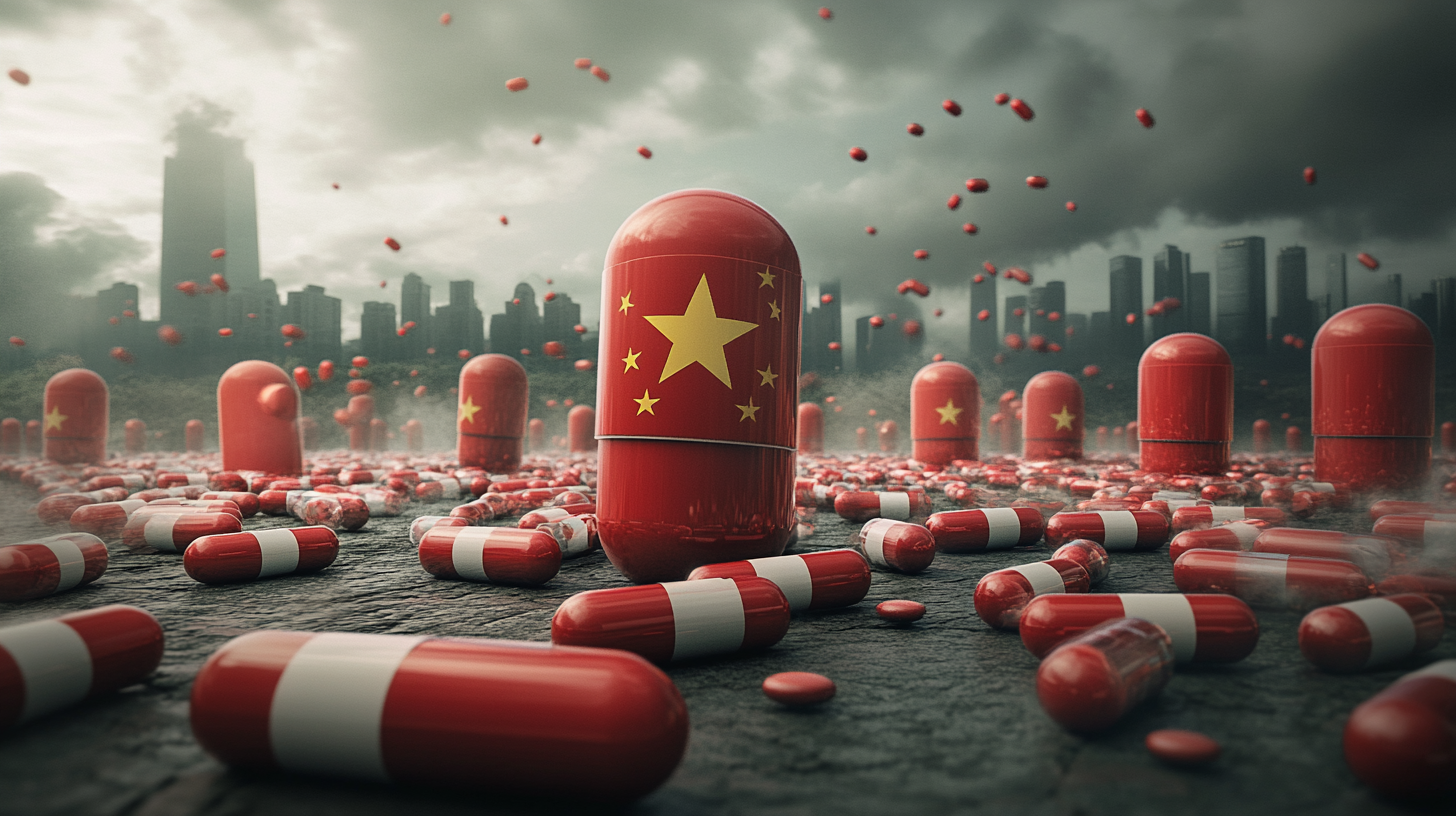In the face of increasing tariffs and trade tensions between the United States and China, the resilience of China's manufacturing sector, particularly in the realm of drug formulation development, has come to the forefront. Despite the challenging tariff landscape, Chinese manufacturers have demonstrated remarkable adaptability, capitalizing on their burgeoning capabilities in drug formulation strategies that effectively meet both domestic and international demands. This blog explores how China’s drug formulation development has not only weathered the storm brought on by these economic pressures but has also experienced growth, positioning the country as a pivotal player in the global pharmaceutical supply chain. We will delve into the innovative approaches and strategic investments that have enabled Chinese manufacturers to thrive, shedding light on the implications for future collaborations and market dynamics in the industry.

China's drug formulation industry is navigating a complex landscape shaped by recent US-China tariff challenges. These tariffs have significantly impacted import costs, forcing Chinese manufacturers to adapt their pricing strategies and supply chain operations. While these hurdles pose immediate threats, there are untapped opportunities that can emerge from adversity. For example, by improving domestic raw material sourcing and bolstering local production capacities, Chinese companies can minimize their dependency on foreign suppliers, fostering greater resilience in the face of external pressures.
Additionally, the global shift towards more localized supply chains presents a unique chance for China to position itself as a competitive player in the pharmaceutical sector. As companies worldwide look to mitigate the risks associated with international dependencies, the focus on China’s manufacturing capabilities can lead to partnerships and investments that enhance innovation and efficiency. With a commitment to quality control and regulatory compliance, China's drug formulation industry is poised to not only weather these tariff storms but also to emerge stronger and more self-reliant, ultimately benefiting both domestic and global markets.
This chart illustrates the trends in China's drug formulation industry, highlighting production volume changes over recent years, especially under the tariff challenges posed by the US-China trade tensions. The data reflects a resilient increase in output from 2018 to 2022, demonstrating the industry's ability to adapt and grow amidst external pressures.
The ongoing US-China trade tensions have significantly impacted global supply chains, notably in the pharmaceutical sector. According to a report by the Boston Consulting Group, nearly 40% of pharmaceutical manufacturers are reconsidering their sourcing strategies due to escalating tariffs. This reassessment is essential as it directly affects the cost and availability of raw materials used in drug formulation. The tariffs imposed by the US on Chinese imports have led to increased costs, prompting companies to explore alternative manufacturing locations or seek local sourcing options to maintain competitiveness.
Furthermore, the drug formulation landscape has experienced a notable shift. A recent analysis from IQVIA suggests that China's pharmaceutical market is projected to grow by 8-10% annually through 2025, further underscoring the resilience of its manufacturing sector. Chinese manufacturers are adapting by investing in advanced technologies and enhancing quality control, which has made them more appealing as partners for multinational companies facing tariffs. This transformation not only solidifies China's position in the global supply chain but also illustrates a strategic pivot that may redefine how pharmaceutical companies approach drug formulation in a tariff-impacted world.
Amid the ongoing US-China tariff challenges, the resilience of China's pharmaceutical manufacturing sector continues to be a focal point for industry stakeholders. A recent report from Frost & Sullivan highlights that China is expected to account for over 20% of the global pharmaceutical market by 2025, underscoring its critical role in drug formulation. To enhance manufacturing resilience, companies are increasingly investing in advanced technologies such as automation and digitization, which have been shown to improve efficiency and reduce operational risks. According to a McKinsey study, digital tools can yield a 15-20% improvement in productivity for pharmaceutical manufacturers, making a compelling case for technology adoption.
Additionally, strategic partnerships with local suppliers and the establishment of robust supply chain networks are crucial for mitigating the impacts of tariffs. A Deloitte analysis found that firms that implement integrated supply chain strategies can achieve cost savings of up to 30%. By optimizing their supply chains and fostering collaboration, Chinese manufacturers can not only withstand tariff pressures but also position themselves for sustainable growth in the global market. These proactive strategies are essential for ensuring that the pharmaceutical industry in China remains competitive and resilient in the face of geopolitical uncertainties.

China has demonstrated remarkable resilience in its drug formulation sector, especially amidst the challenges posed by US-China tariffs. A significant factor behind this resilience is the increasing emphasis on innovation and technology in manufacturing processes. According to a report by ResearchAndMarkets, the Chinese pharmaceutical market is projected to reach approximately $134 billion by 2024, driven largely by advancements in biopharmaceuticals and smart manufacturing technologies.
Innovations such as process automation, AI-driven drug discovery, and enhanced quality control systems are revolutionizing China’s manufacturing landscape. The integration of technologies like blockchain in supply chain management has improved traceability and compliance, ensuring the highest standards of safety and efficacy. A study published in the Journal of Pharmaceutical Innovation highlighted that pharmaceutical companies in China that adopted cutting-edge technologies reported a 25% increase in production efficiency and a 30% reduction in time-to-market for new drugs.
**Tips:** For businesses looking to thrive in this competitive landscape, investing in R&D is crucial. Collaborating with tech firms can accelerate innovation and streamline manufacturing processes. Regularly assessing emerging technologies and adopting relevant advancements will keep companies ahead of regulatory challenges and enhance product offerings.
As the pharmaceutical sector navigates the complexities of a tariff-driven economy, China’s manufacturing resilience is increasingly evident. The ongoing U.S.-China trade tensions have compelled Chinese pharmaceutical companies to innovate and adapt, focusing on improving their production capabilities and reducing dependency on imports. By ramping up research and development efforts, these companies are enhancing their drug formulation processes, which not only helps in mitigating the impacts of tariffs but also positions China as a potential global leader in the pharmaceutical industry.
Looking forward, the prospects for China's pharmaceutical sector appear promising. With an expanding domestic market and growing global demand for affordable, high-quality medications, Chinese manufacturers are poised to capitalize on these opportunities. Strategic partnerships and collaborations with international firms will further bolster their position, enabling technology transfer and facilitating entry into new markets. Additionally, investment in automation and digital transformation will streamline production and reduce costs, ensuring that China's pharmaceutical industry remains competitive despite external pressures.

